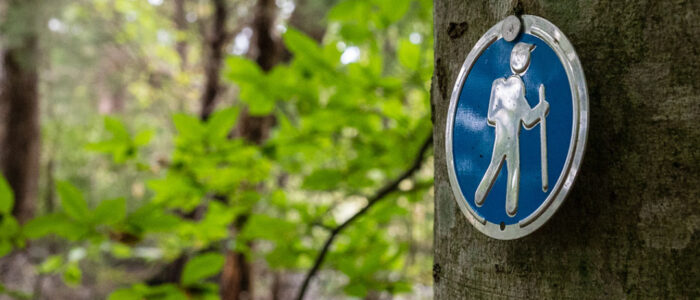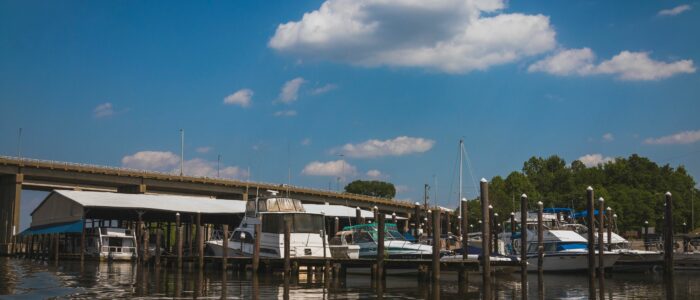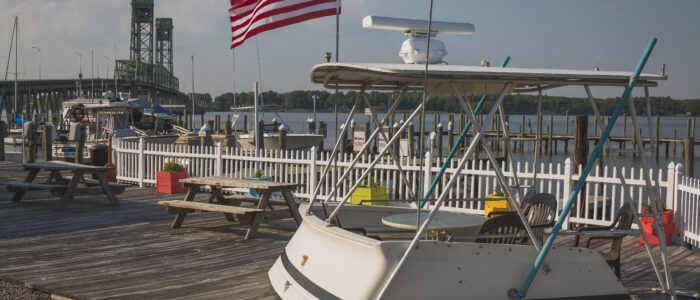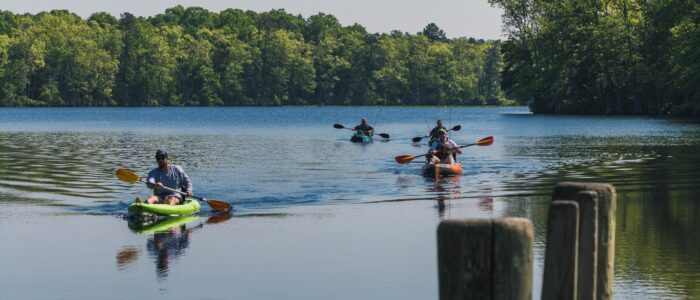James River National Wildlife Refuge was officially established in 1991 “to conserve fish, wildlife and plants listed as endangered or threatened species”. The refuge offers important breeding and roosting habitat for resident and migrating eagles. In addition, the 4,325-acre refuge supports hundreds of native plant and animal species in the forests, wetlands, and grasslands.
The refuge is encompassed in a number of areas designating special conservation status:
Ramsar Wetlands of International Importance
This site, including the refuge was listed based on its rich diversity of estuarine habitats and associated fish and wildlife.
Lower James River Important Bird Area
This 118,000-acre corridor highlights the habitat value to an unusually large number of avian species. The oligohaline (low salinity brackish) waters coupled with mature forest shorelines offer fish-eating birds populations (including eagles, osprey, herons, and cormorants) enhanced environmental conditions.
Anadromous Fish Use Area
Seven anadromous fish species occur in the James River next to the Refuge: alewife, American shad, Atlantic Sturgeon, striped bass, blueback herring, yellow perch, and hickory shad.
Other designated areas
Bald Eagle Concentration Area, and the National Park Service’s Captain John Smith Chesapeake National Historic Trail.









